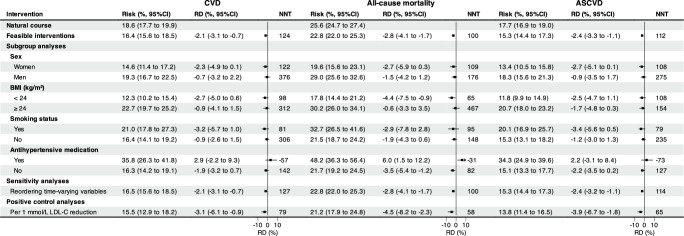Fig. 5. Forest plots of the estimated effects under feasible interventions.
Forest plot of the estimated parametric g-formula risk (%), risk difference (RD, %), and restricted mean event-free based number needed to treat (NNT) to prevent one cardiovascular, all-cause mortality, and atherosclerotic cardiovascular event under natural course and feasible interventions (unless stated) after 29 years of follow-up from the Chinese Multi-provincial Cohort Study 1992-2020. Note: † Feasible treat-to-target cholesterol-lowering intervention, defined as 80% of eligible participants receiving the intervention at the follow-up examination over the study period, where the treat-to-target cholesterol-lowering intervention is based on cholesterol-lowering targets recommended by the Chinese Society of Cardiology in 2020 on LDL-C and non-HDL-C levels, i.e., for participants with diabetes at high cardiovascular risk, lower the LDL-C to < 1.8 mmol/L (70 mg/dL, i.e., a fixed level drawed from a uniform distribution with a upper bound of 1.8 mmol/L) or LDL-C reduction to > 50% from baseline whichever is the lowest and non-HDL-C to < 2.6 mmol/L (100 mg/dL, i.e., a fixed level drawed from a uniform distribution with a upper bound of 2.6 mmol/L); for participants without diabetes who are at moderate-to-high cardiovascular risk lower the LDL-C to < 2.6 mmol/L (100 mg/dL, i.e., a fixed level drawed from a uniform distribution with a upper bound of 2.6 mmol/L) and non-HDL-C to < 3.4 mmol/L (130 mg/dL, i.e., a fixed level drawed from a uniform distribution with a upper bound of 3.4 mmol/L); for participants at low cardiovascular risk, lower LDL-C to < 3.4 mmol/L (130 mg/dL, i.e., a fixed level drawed from a uniform distribution with a upper bound of 3.4 mmol/L) and a non-HDL-C < 4.2 mmol/L (160 mg/dL, i.e., a fixed level drawed from a uniform distribution with a upper bound of 4.2 mmol/L).

